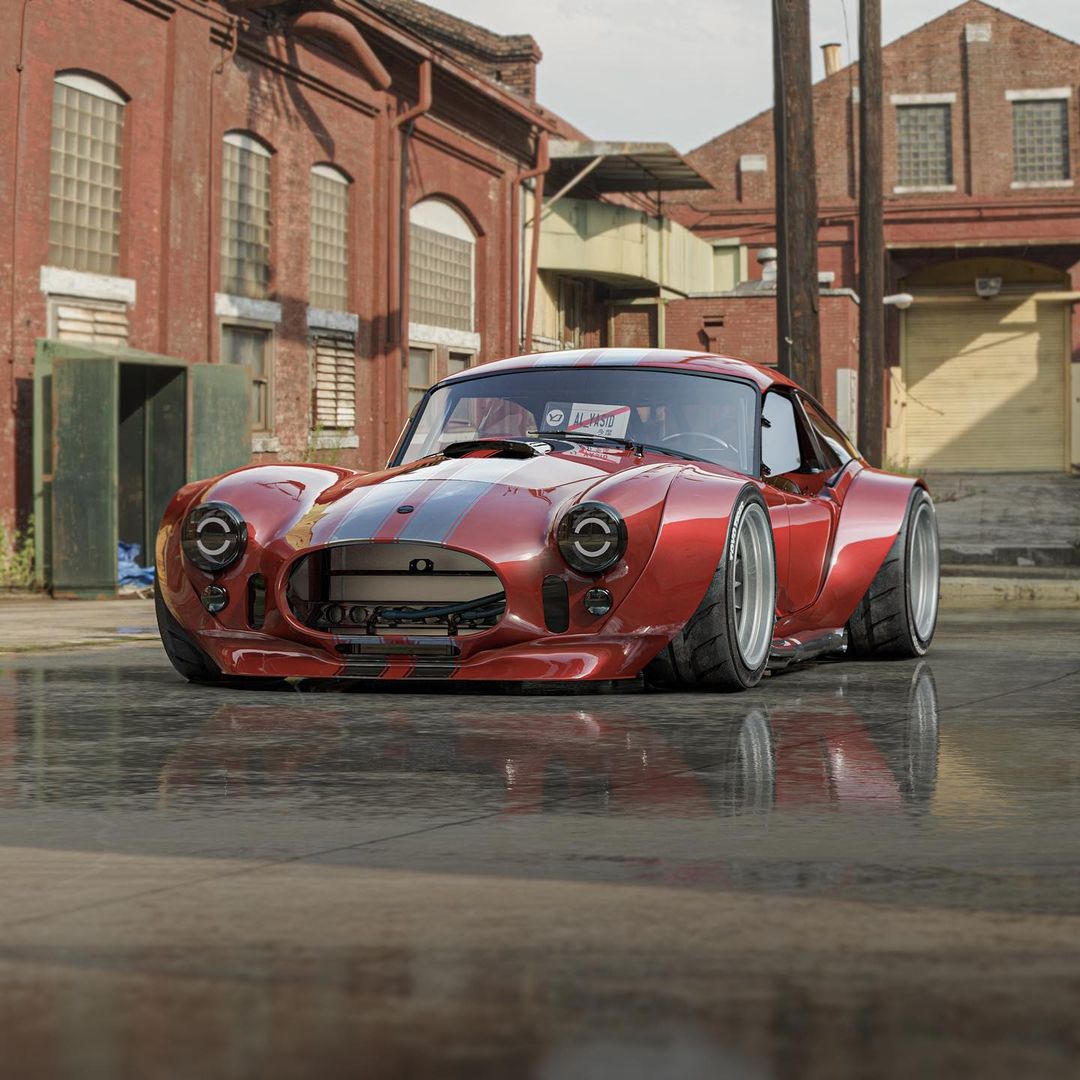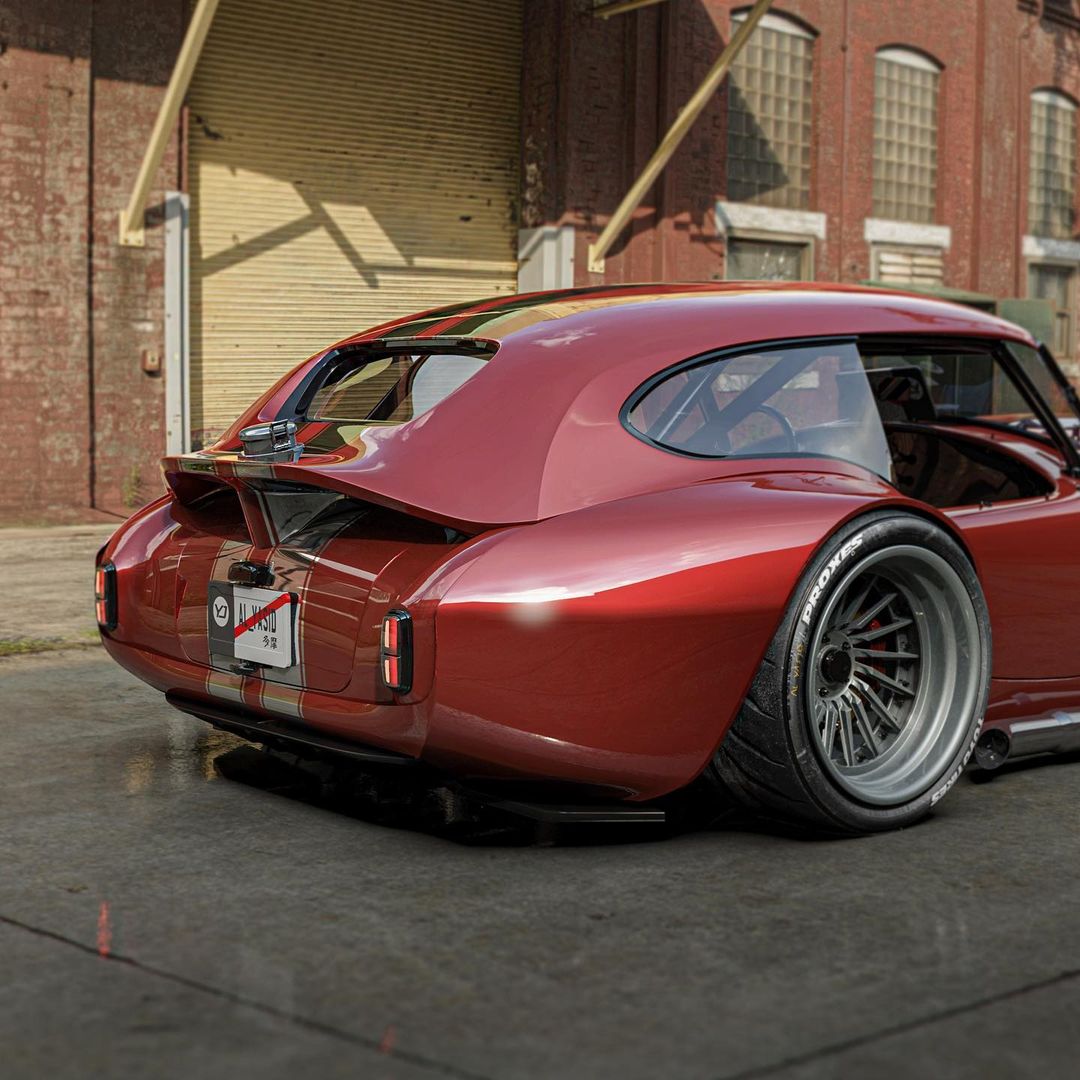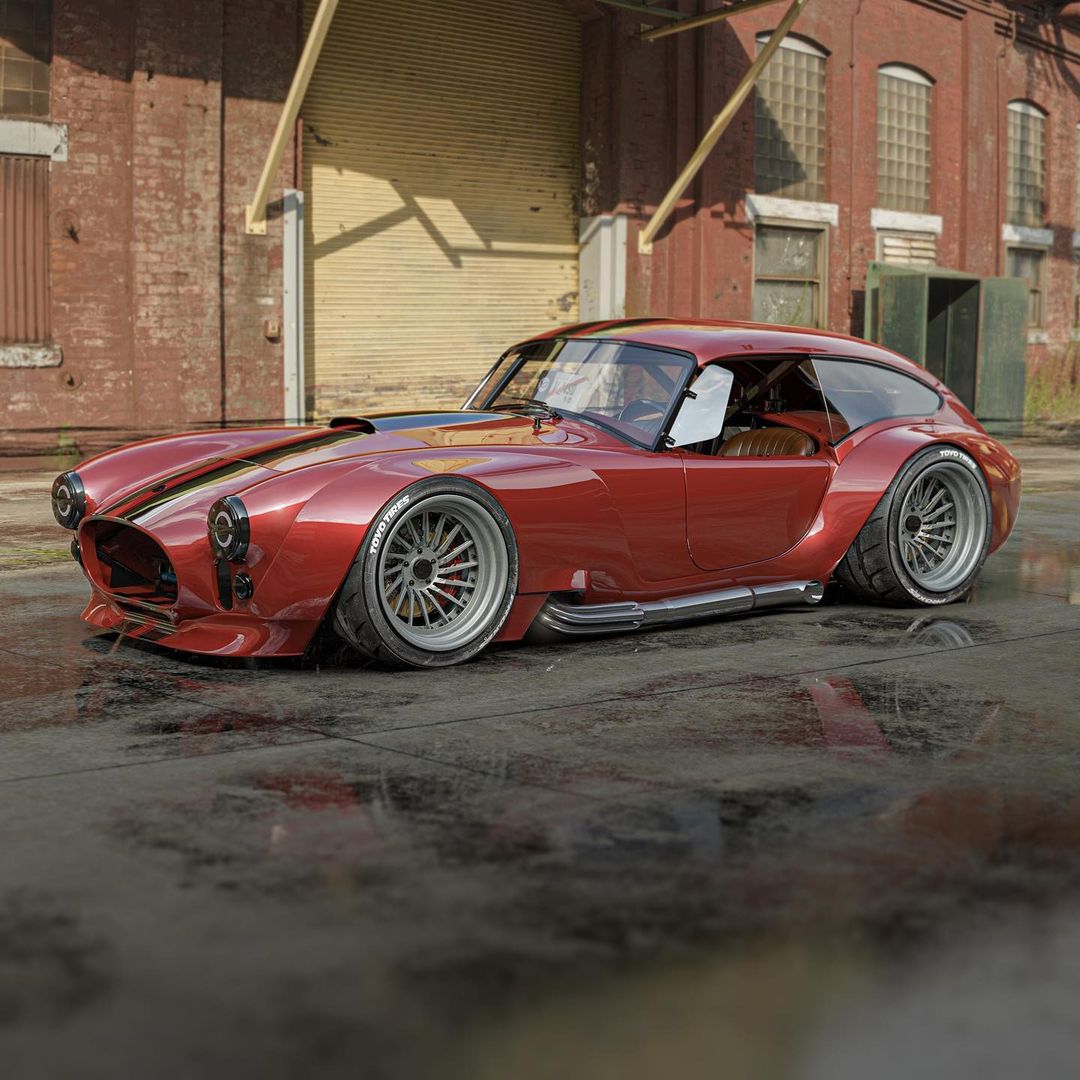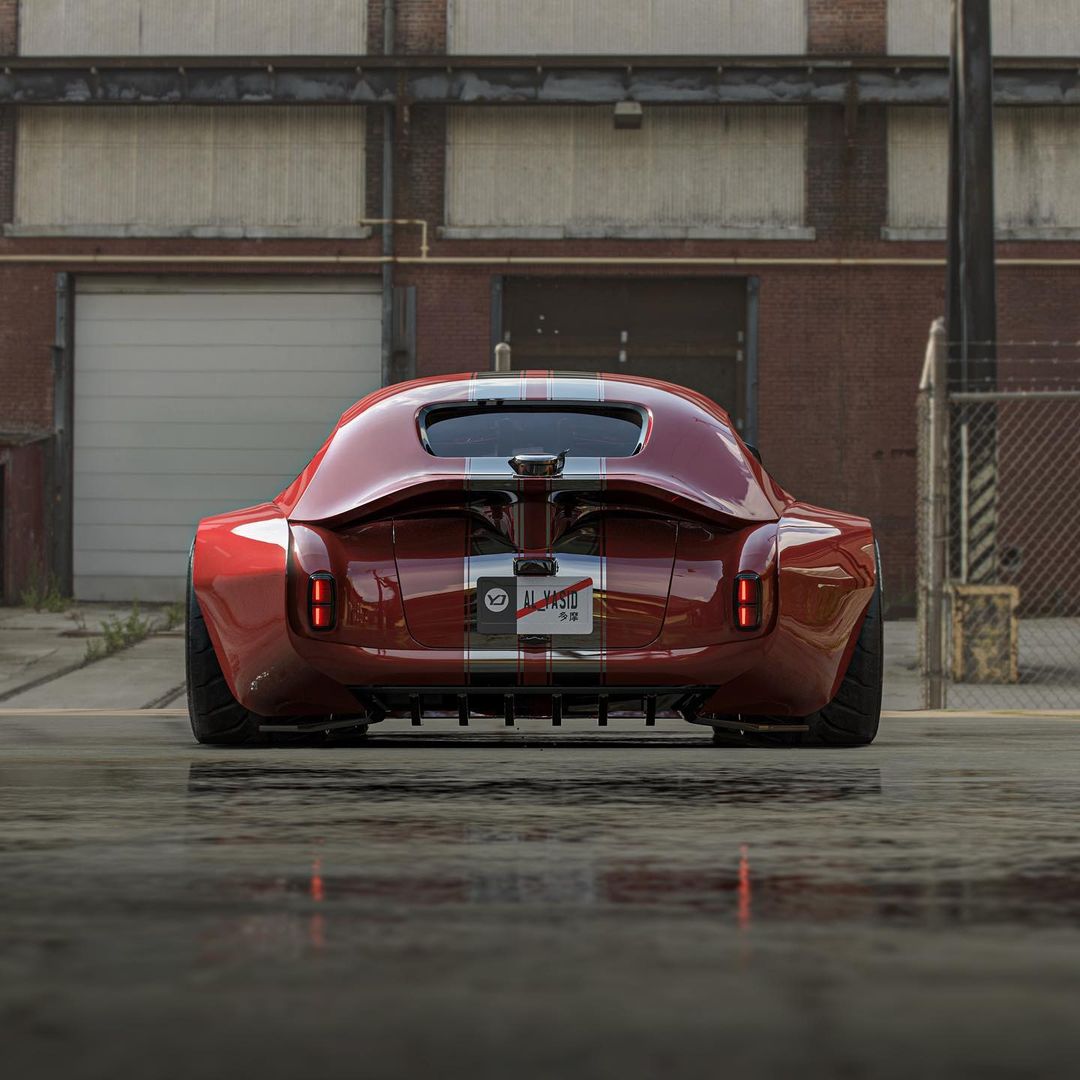
The Shelby Cobra realm already offers anything an aficionado could dream of, from the open-air original (with or without a hardtop) to the Coupe that was created to show Ferrari its generous posterior on the track (more on this below). Nevertheless, digital artist Yasid Oozeear decided to brew his own hardtop for the American icon, which is how we ended up with the eye candy that now sits before us.
Before we zoom in on this pixel portrait, let’s take a bit of time to remember how Carroll Shelby tasked designer Pete Brock with putting a roof over the machine, which led to the birth of the Shelby Daytona Cobra Coupe.

The refined shape of the race car allowed it to reach a higher top speed on the Mulsanne straight at Le Mans, the queen race of the FIA World Sportscar Championship. Shelby’s goal was to beat Ferrari and it achieved that in 1965, the second year of track service for the machine. That year saw the team become the first American crew to grab the championship, while the following year saw Shelby outrun the Italians under the Ford banner – but this is another story for another time.

Having established the aerodynamic implications of the Shelby Cobra’s roofline, we’ll move on to the custom example that brought us here. And while there were no specific airflow manipulation targets for this digital work, you should know we’re looking at an evolved form of the hardtop, with the fuel filler cap integration being the party trick. In fact, the said piece inspired us to come up with the nickname in the title.

And here’s Khyzyl Saleem, the digital artist behind the project, dropping some details on the matter: “I had a double spoiler (one on the top of the roof) but it looked way out of place. This here works so much better, especially with replacing the fuel tank opening location. Made the wing look even cooler from the side!“

Actually, the hardtop work itself makes for the second iteration of this custom Shelby Cobra, with the original, which stuck to the no-roof theme, being visible in the second Instagram post below.

Regardless of the top, the machine features a widebody kit, with the overfenders taking the already-daring factory styling into account. The neatly integrated air dam up front, as well as the wheels, whose design might remind one of a jet engine, complete the custom setup.

Now, the Japanese license plates are one of the Easter eggs of this rendering. While vehicles in the country should have plates at both ends, it’s worth mentioning that the rear unit is permanently attached to the car using a prefecture seal. The latter covers one of its bolts and can’t be detached without the vehicle being registered in another prefecture, scraped or exported.





